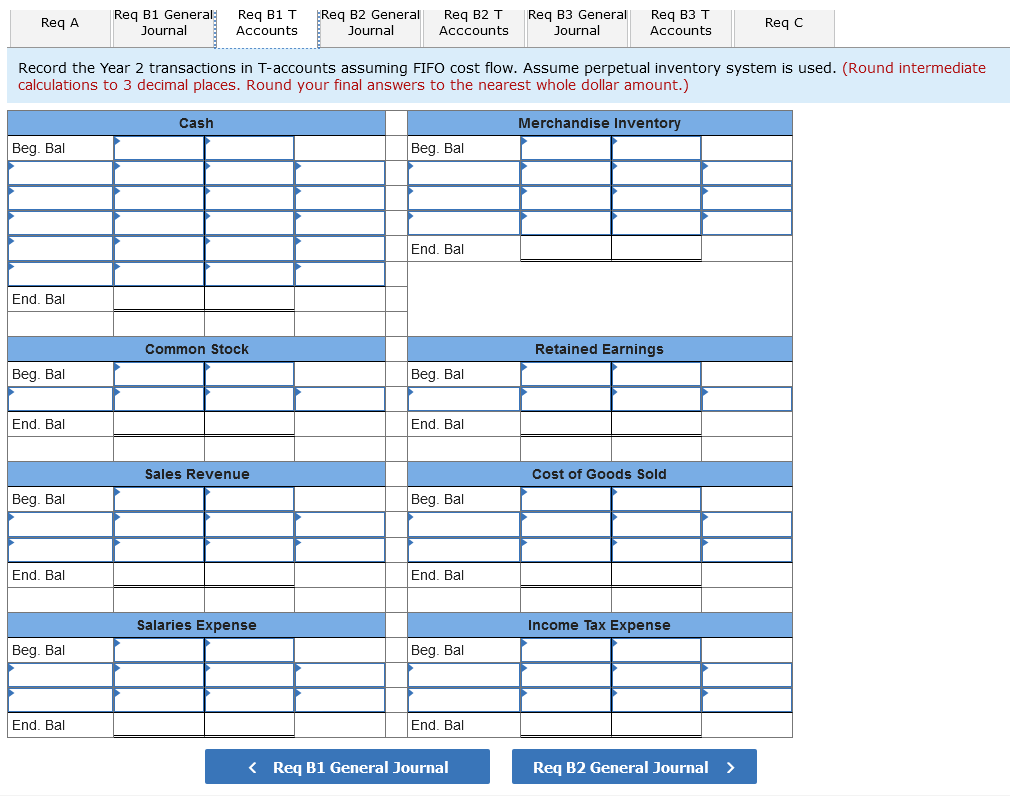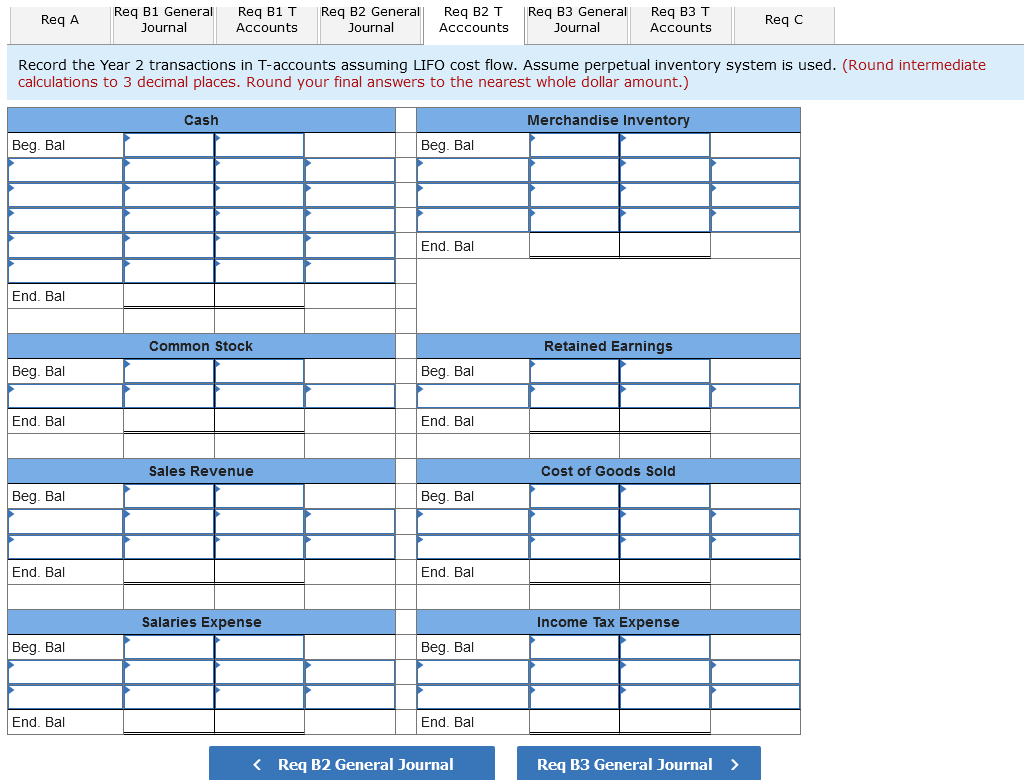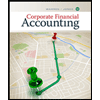Compute the cost of goods sold and ending inventory, assuming (1) FIFO cost flow, (2) LIFO cost flow, and (3) weighted-average cost flow. Compute the income tax expense for each method.
Needs to be answered with the images below
The accounting records of Wall's China Shop reflected the following balances as of January 1, Year 2.
| Cash | $ 19,100 | |
|---|---|---|
| Beginning inventory | 13,200 | (150 units @ $88) |
| Common stock | 14,300 | |
| 18,000 |
The following five transactions occurred in Year 2:
- First purchase (cash): 115 units @ $90
- Second purchase (cash): 200 units @ $98
- Sales (all cash): 415 units @ $197
- Paid $13,350 cash for salaries expenses
- Paid cash for income tax at the rate of 40 percent of income before taxes
Required
a. Compute the cost of goods sold and ending inventory, assuming (1) FIFO cost flow, (2) LIFO cost flow, and (3) weighted-average cost flow. Compute the income tax expense for each method.
b. Record the above transactions in general journal form and post to T-accounts assuming each of the cost flows listed. Assume perpetual inventory system is used.
1. FIFO
2. LIFO
3. Weighted Average
c. Use a vertical model to show the Year 2 income statement, balance sheet, and statement of


Trending now
This is a popular solution!
Step by step
Solved in 2 steps









